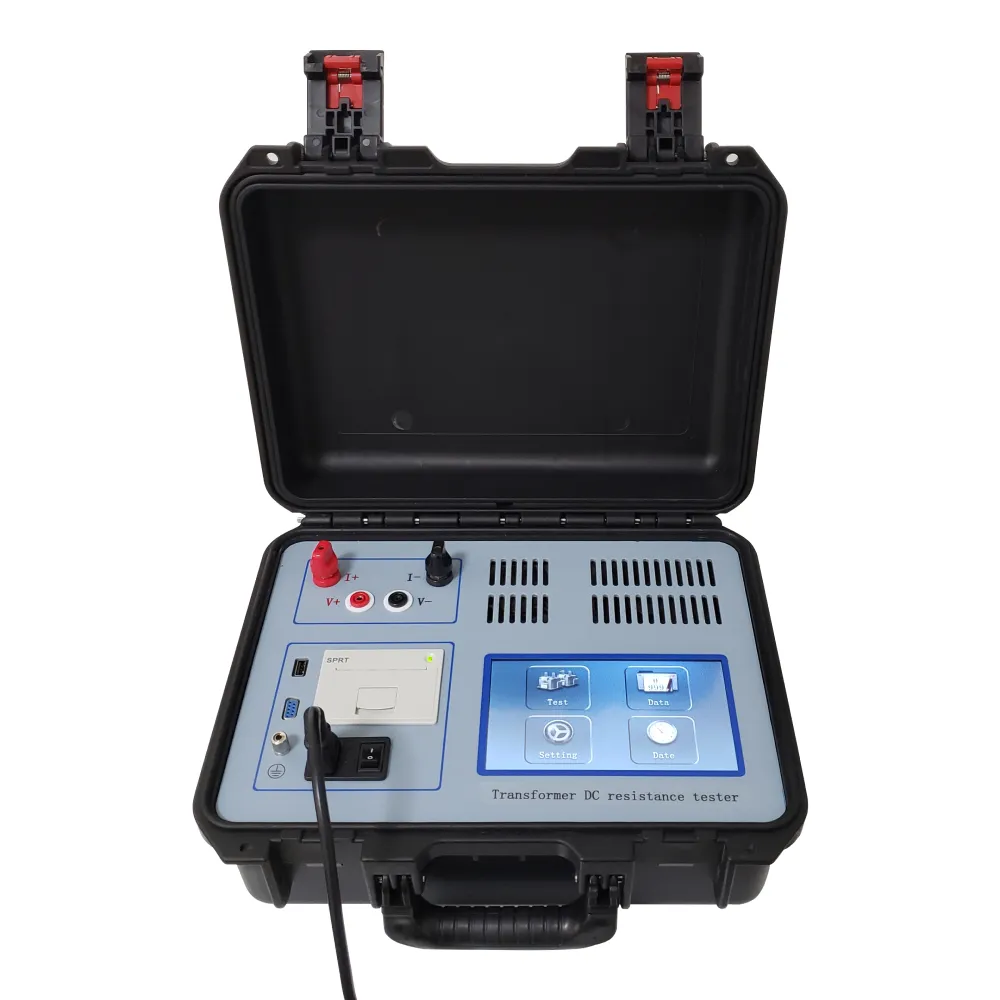 English
English



-
 Afrikaans
Afrikaans -
 Albanian
Albanian -
 Amharic
Amharic -
 Arabic
Arabic -
 Armenian
Armenian -
 Azerbaijani
Azerbaijani -
 Basque
Basque -
 Belarusian
Belarusian -
 Bengali
Bengali -
 Bosnian
Bosnian -
 Bulgarian
Bulgarian -
 Catalan
Catalan -
 Cebuano
Cebuano -
 China
China -
 China (Taiwan)
China (Taiwan) -
 Corsican
Corsican -
 Croatian
Croatian -
 Czech
Czech -
 Danish
Danish -
 Dutch
Dutch -
 English
English -
 Esperanto
Esperanto -
 Estonian
Estonian -
 Finnish
Finnish -
 French
French -
 Frisian
Frisian -
 Galician
Galician -
 Georgian
Georgian -
 German
German -
 Greek
Greek -
 Gujarati
Gujarati -
 Haitian Creole
Haitian Creole -
 hausa
hausa -
 hawaiian
hawaiian -
 Hebrew
Hebrew -
 Hindi
Hindi -
 Miao
Miao -
 Hungarian
Hungarian -
 Icelandic
Icelandic -
 igbo
igbo -
 Indonesian
Indonesian -
 irish
irish -
 Italian
Italian -
 Japanese
Japanese -
 Javanese
Javanese -
 Kannada
Kannada -
 kazakh
kazakh -
 Khmer
Khmer -
 Rwandese
Rwandese -
 Korean
Korean -
 Kurdish
Kurdish -
 Kyrgyz
Kyrgyz -
 Lao
Lao -
 Latin
Latin -
 Latvian
Latvian -
 Lithuanian
Lithuanian -
 Luxembourgish
Luxembourgish -
 Macedonian
Macedonian -
 Malgashi
Malgashi -
 Malay
Malay -
 Malayalam
Malayalam -
 Maltese
Maltese -
 Maori
Maori -
 Marathi
Marathi -
 Mongolian
Mongolian -
 Myanmar
Myanmar -
 Nepali
Nepali -
 Norwegian
Norwegian -
 Norwegian
Norwegian -
 Occitan
Occitan -
 Pashto
Pashto -
 Persian
Persian -
 Polish
Polish -
 Portuguese
Portuguese -
 Punjabi
Punjabi -
 Romanian
Romanian -
 Russian
Russian -
 Samoan
Samoan -
 Scottish Gaelic
Scottish Gaelic -
 Serbian
Serbian -
 Sesotho
Sesotho -
 Shona
Shona -
 Sindhi
Sindhi -
 Sinhala
Sinhala -
 Slovak
Slovak -
 Slovenian
Slovenian -
 Somali
Somali -
 Spanish
Spanish -
 Sundanese
Sundanese -
 Swahili
Swahili -
 Swedish
Swedish -
 Tagalog
Tagalog -
 Tajik
Tajik -
 Tamil
Tamil -
 Tatar
Tatar -
 Telugu
Telugu -
 Thai
Thai -
 Turkish
Turkish -
 Turkmen
Turkmen -
 Ukrainian
Ukrainian -
 Urdu
Urdu -
 Uighur
Uighur -
 Uzbek
Uzbek -
 Vietnamese
Vietnamese -
 Welsh
Welsh -
 Bantu
Bantu -
 Yiddish
Yiddish -
 Yoruba
Yoruba -
 Zulu
Zulu
Exploring bdv percentage testing methods in transformer models for improved performance
Understanding the BDV Test in Transformer Maintenance
Transformers are critical components in electrical power systems, and their reliability is paramount for ensuring uninterrupted power supply. Among various maintenance practices, the BDV (Breakdown Voltage) test plays a significant role in assessing the insulation health of transformer oils. This article delves into the BDV test, its methodology, significance, and implications for transformer maintenance.
What is the BDV Test?
The BDV test measures the dielectric strength of insulating fluids used in transformers, primarily mineral oils. Dielectric strength refers to the maximum electric field that the insulating material can withstand without experiencing breakdown. When the dielectric strength of the oil deteriorates, it can lead to insulation failure, which may cause catastrophic failures in transformers. The BDV test is conducted using a standardized apparatus that involves applying a voltage between two electrodes submerged in the oil sample until a breakdown occurs.
Methodology of the BDV Test
The BDV test starts with the collection of a representative oil sample from the transformer. The sample should be free from moisture and contaminants, as these factors can interfere with the test results. The oil is then placed in a testing cell that contains two electrodes, typically made of stainless steel or brass. A slowly increasing AC voltage is applied between the electrodes. The voltage at which the oil breaks down and allows electrical conduction is recorded as the breakdown voltage.
bdv test in transformer

The test is commonly performed in accordance with international standards such as ASTM D1816 or IEC 60156. These standards specify the testing conditions, including the electrode configuration, the rate of voltage increase, and the environmental conditions, ensuring that results are consistent and reliable.
Significance of the BDV Test
Conducting the BDV test regularly is essential for transformer maintenance. A low breakdown voltage indicates that the insulating fluid has degraded, usually due to contamination, moisture ingress, or aging. Regular monitoring helps identify potential insulation failures before they lead to serious operational issues.
The BDV test also serves as a diagnostic tool during transformer servicing. By comparing results over time, maintenance personnel can track the degradation of the insulating oil, allowing for timely intervention, such as oil filtration or replacement. This proactive approach enhances the longevity and reliability of transformers, reducing the risk of unexpected downtimes.
Conclusion
The BDV test is an indispensable tool in transformer maintenance, playing a crucial role in ensuring the reliability and safety of electrical power systems. By regularly assessing the dielectric strength of transformer oils, utilities and maintenance teams can detect early signs of insulation degradation, enabling them to take corrective actions before failures occur. With the increasing complexity and demands on power systems, incorporating systematic BDV testing into routine maintenance schedules is vital for optimizing transformer performance and extending asset life. In the ever-evolving landscape of electrical engineering, understanding and implementing the BDV test is not just beneficial; it is essential for sustaining efficient power delivery systems.
-
Ensuring SF₆ Gas Safety: Introducing PUSH’s Integrated SF₆ Analyzer for Dew Point, Purity, and Decomposition MonitoringNewsJul.10,2025
-
Exploring the Main Types of Industrial Endoscopes and Their Applications Across IndustriesNewsJul.04,2025
-
Testing Equipment Industry Sees Major Advancements in 2025: Smart & Precision Technologies Lead the WayNewsJun.06,2025
-
Applications of Direct Current Generators in Renewable Energy SystemsNewsJun.05,2025
-
Hipot Tester Calibration and Accuracy GuidelinesNewsJun.05,2025
-
Digital Circuit Breaker Analyzer Features and BenefitsNewsJun.05,2025



